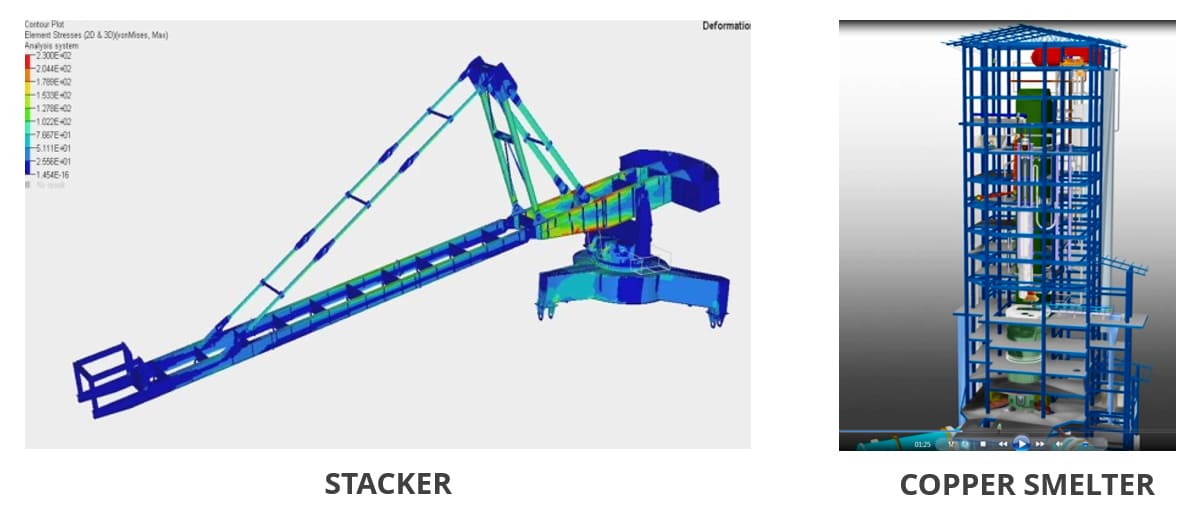
The problem statement:
Recently, I have observed a growing demand in India for the structural integrity of mobile equipment and static structures, such as reclaimers, stackers, ship loaders and unloaders, wagon tipplers, wagon loading systems, and more. These equipment’s weight can range from 100-1500 tons or even more.
They are critical in plants, ports, and stations, as structural failures of such equipment can result in weeks or months of stoppage, posing significant losses to stakeholders.
The Core reason:
Many of these equipment’s are subject to structural failure at some point of time even before they could serve their full course.
The main reason for structural failure often arises during the tender stage itself. During the tender stage, reviewing engineers primarily focus on mechanical systems such as drives, chutes, wear properties, brakes, cylinders, vendor system appropriateness, sensors, proximity switches, painting, and so on, but may not undertake a thorough review of the structure.
The reason for this blog is to share my past experience in the design and review of such equipment’s.
The catastrophe:
Structural review is a crucial aspect because any catastrophic failure can result in the death of the operators working on it or around it.
Such failures can also lead to reduced output from plants and ports. If a failure occurs in a port, demurrages due to longer waiting times for ships or lack of the possibility of loading and unloading can have significant financial liabilities. The worst-case scenario in a port could be the failure of a structure and damaging the ship itself. For example, a boom trying to load or unload material could fall onto the ship, causing damage to ship.
Prevention is better than cure:
As the saying goes, prevention is better than cure. It is the responsibility of plant and port companies to ensure that such problems do not occur in the future, and the exact life of equipment is predicted at the beginning itself.

The structural perspective – Right things to do:
Here are some main points from a structural perspective that buyers should consider:

To summarize, below are the points in short for anyone to easily remember:
This is all I have for now. I will cover the above points in detail to understand the best way to develop the Equipment in my next blog. Thanks for taking time and reading my article. Hope this article was useful. I keenly look forward to the readers comments.
Also, if you want to get in touch with me for any design or consultancy requirement, please feel free to write to me at sarnath@aesgs.com

Tags: Structural Integrity, Bucket wheel stacker reclaimer, Stackers, Ship Loader/unloader, Wheel on Bridge, Towers, Wagon tippler, Wagon loading system, Structural calculation, Structural simulation, Structural Design, ISO 5049-1, FEM SECTION 2, AS4324.1, DIN18800, Structural report, FEA, Equipment design, Strain-gauging